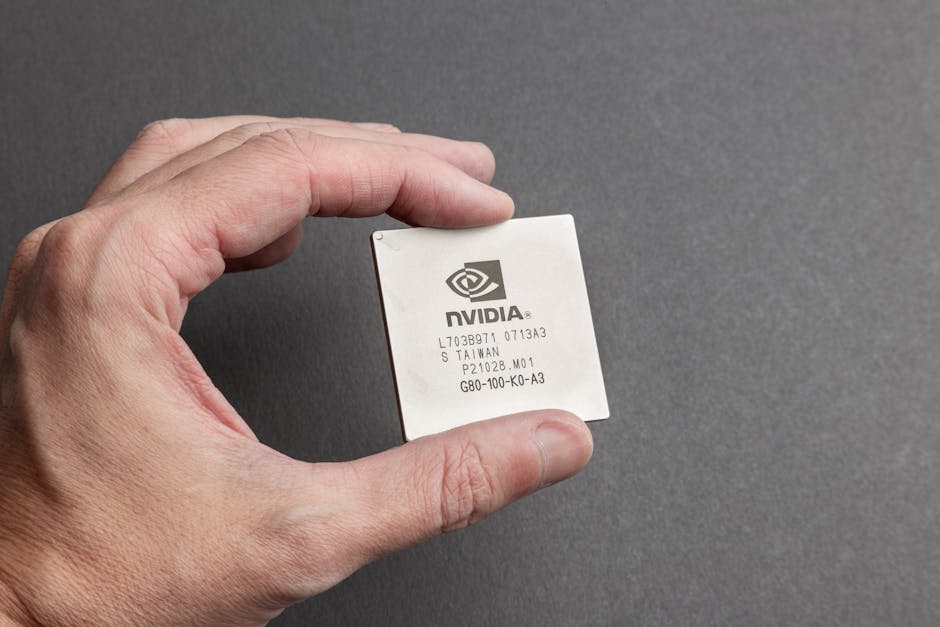The professional beauty industry, a multi-billion-dollar global market, has long been driven by creativity, human expertise, and personal touch. From hairstyling to skincare, makeup artistry to nail design, professionals in this field have relied on their skills and intuition to meet client needs. However, as we move deeper into 2025, artificial intelligence (AI) is transforming this industry in unprecedented ways, blending technology with artistry to enhance efficiency, personalization, and client satisfaction. This 1,200-word blog post explores how AI is reshaping the professional beauty industry, the opportunities it presents, and the challenges it poses for beauty professionals and businesses.
The Rise of AI in Beauty: A Game-Changer
AI has been making inroads into various sectors, and the beauty industry is no exception. According to a 2024 report by Statista, the global beauty market was valued at $570 billion, with a projected growth rate of 6% annually through 2030. A significant driver of this growth is the integration of AI technologies, which are streamlining operations, enhancing customer experiences, and introducing innovative services. From virtual try-ons to personalized skincare regimens, AI is redefining what it means to be a beauty professional in the modern age.
One of the most visible applications of AI in beauty is in consumer-facing tools. Brands like L’Oréal and Sephora have pioneered AI-driven solutions such as virtual makeup try-ons and skin analysis tools. These technologies use facial recognition and machine learning to allow customers to experiment with products digitally before making a purchase. For professionals, however, AI offers much more than marketing gimmicks—it provides tools to enhance their craft, improve client outcomes, and optimize business operations.
AI-Powered Personalization in Skincare and Makeup
Personalization has always been a cornerstone of the beauty industry, but AI takes it to the next level. In salons and spas, AI-powered tools are helping professionals create hyper-customized experiences for clients. For instance, AI-driven skin analysis devices, such as those developed by companies like SkinCeuticals and Neutrogena, use high-resolution imaging and machine learning algorithms to assess a client’s skin type, texture, and concerns—such as acne, pigmentation, or fine lines—in real time.
These devices provide detailed reports that professionals can use to recommend tailored skincare routines or treatments. For example, an AI system might analyze a client’s skin and suggest a specific combination of serums, moisturizers, and in-salon treatments like microneedling or LED therapy. This not only improves the accuracy of recommendations but also builds trust with clients, who appreciate the data-driven approach.
In makeup artistry, AI is enabling professionals to offer bespoke looks with greater precision. Tools like ModiFace, acquired by L’Oréal, allow makeup artists to simulate different styles on a client’s face digitally. By inputting parameters such as skin tone, facial features, and occasion (e.g., wedding, casual event), AI can suggest makeup looks that complement the client’s unique features. This technology also helps professionals save time by narrowing down options, allowing them to focus on the application process itself.
Enhancing Salon Operations with AI
Beyond client-facing applications, AI is revolutionizing the operational side of the beauty industry. Salon management systems powered by AI are helping professionals streamline scheduling, inventory management, and client communication. For example, AI-driven scheduling tools like Square Appointments or Booksy use predictive analytics to optimize booking patterns, reducing downtime and ensuring a steady flow of clients.
Inventory management is another area where AI shines. Beauty salons often struggle with overstocking or running out of popular products, leading to lost revenue or dissatisfied clients. AI systems can analyze sales data, predict demand, and recommend optimal stock levels, ensuring that salons are always prepared. This is particularly valuable for small businesses that may not have the resources for dedicated inventory specialists.
Moreover, AI chatbots are becoming a staple in client communication. These virtual assistants can handle appointment bookings, answer common questions, and even send personalized follow-up messages—all without human intervention. For instance, a client might receive a post-facial reminder to apply sunscreen, along with a product recommendation based on their skin analysis. This level of automation not only saves time but also enhances the client experience by providing consistent, timely communication.
AI in Haircare: Precision and Creativity Combined
The haircare sector of the beauty industry is also seeing a surge in AI applications. Companies like Wella Professionals have introduced AI-powered tools that analyze hair health and recommend treatments or products. These tools use sensors and imaging technology to assess factors like hair density, moisture levels, and damage, providing hairstylists with actionable insights.
For example, an AI system might determine that a client’s hair is prone to breakage due to over-processing and suggest a specific conditioning treatment or a change in hair dye formulation. This data-driven approach allows stylists to offer more effective solutions, reducing the risk of damage and improving client satisfaction.
AI is also enhancing creativity in hair design. Virtual hair color try-on tools, such as those offered by Redken, allow clients to see how different shades—say, platinum blonde or fiery red—would look on them before committing to a dye job. These tools use augmented reality (AR) and AI to map the client’s hair and simulate the color change realistically. For stylists, this technology reduces the guesswork and helps manage client expectations, ensuring that the final result aligns with the client’s vision.
Training and Education: AI as a Learning Tool
The beauty industry thrives on skilled professionals, and AI is playing a growing role in education and training. Online platforms like BeautySlesh and MasterClass are integrating AI to create personalized learning experiences for aspiring beauty professionals. These platforms use AI algorithms to assess a user’s skill level, learning pace, and areas of interest, curating content accordingly.
For example, a beginner hairstylist might be guided through a series of tutorials on basic cutting techniques, while a more advanced learner could access modules on balayage or updo styling. AI can also provide real-time feedback during virtual training sessions. Using computer vision, the system might analyze a student’s makeup application technique and offer tips for improvement, such as blending foundation more evenly or perfecting an eyeliner wing.
This democratization of education is particularly impactful for professionals in remote or underserved areas, who may not have access to traditional beauty schools. By leveraging AI, the industry is fostering a new generation of talent, ensuring that high-quality training is available to all.
Challenges and Ethical Considerations
While AI offers immense potential, its integration into the beauty industry is not without challenges. One major concern is the risk of over-reliance on technology. Beauty professionals pride themselves on their intuition and creativity, and some fear that AI might reduce their role to mere executors of algorithmic recommendations. To address this, the industry must strike a balance, using AI as a tool to enhance—rather than replace—human expertise.
Privacy is another critical issue. AI systems in beauty often rely on collecting and analyzing personal data, such as facial images or skin health metrics. This raises concerns about data security and consent, especially in light of regulations like the GDPR and CCPA. Salons and brands must ensure that they handle client data responsibly, implementing robust security measures and transparent privacy policies.
Additionally, there’s the question of accessibility. While large beauty chains may have the resources to adopt AI technologies, smaller salons might struggle with the costs. This could widen the gap between big players and independent professionals, potentially stifling competition. Industry leaders must work to make AI solutions affordable and scalable for businesses of all sizes.
The Future of AI in the Beauty Industry
Looking ahead, the role of AI in the professional beauty industry is only set to grow. Emerging technologies like generative AI could enable the creation of entirely new makeup or hairstyle designs, pushing the boundaries of creativity. Meanwhile, advancements in natural language processing (NLP) might lead to more sophisticated AI assistants that can engage in nuanced conversations with clients, offering advice and building rapport.
Sustainability is another area where AI could make a significant impact. By optimizing product usage and reducing waste, AI can help the beauty industry address its environmental footprint—a growing concern for consumers. For example, AI could predict the exact amount of hair dye needed for a client, minimizing excess and promoting eco-friendly practices.
Insights
AI is ushering in a new era for the professional beauty industry, blending technology with artistry to create experiences that are more personalized, efficient, and innovative. From skincare analysis to salon management, haircare to education, AI is empowering beauty professionals to elevate their craft and meet the evolving demands of clients. However, the industry must navigate challenges like privacy, accessibility, and the preservation of human creativity to fully realize AI’s potential.
As we stand in 2025, the beauty industry is at a crossroads. By embracing AI thoughtfully, professionals and businesses can not only stay competitive but also redefine what it means to deliver beauty in the digital age. The future is bright—and with AI, it’s more beautiful than ever.



